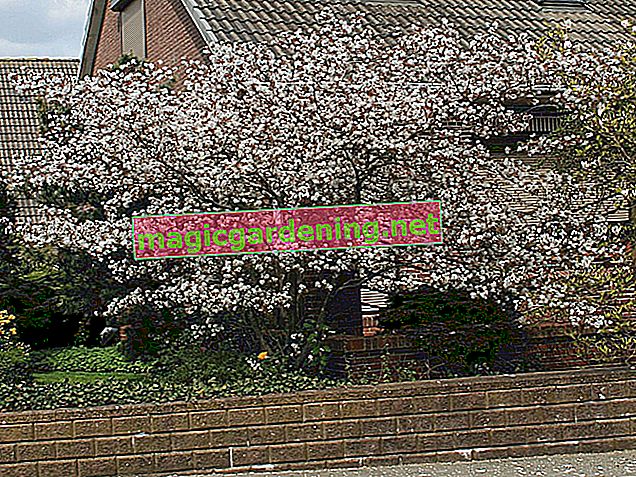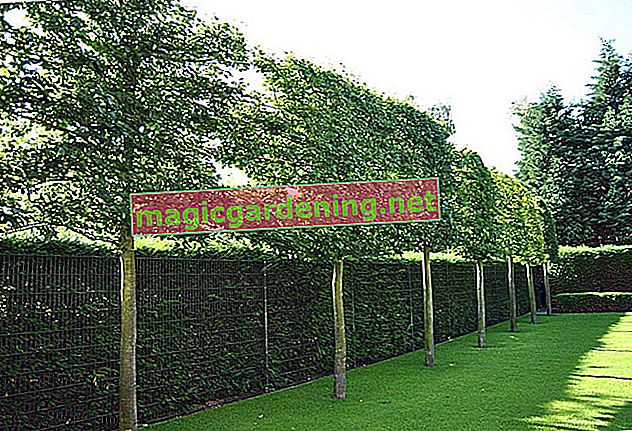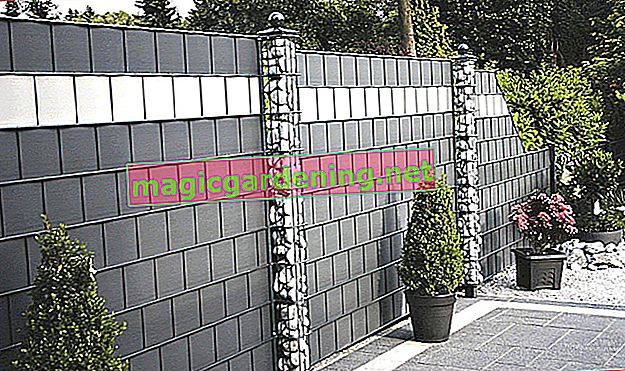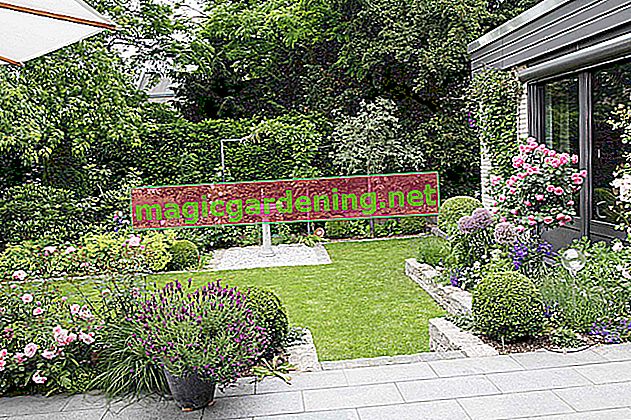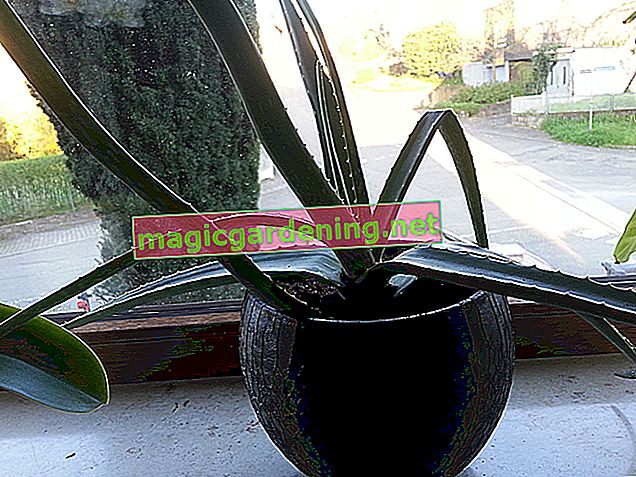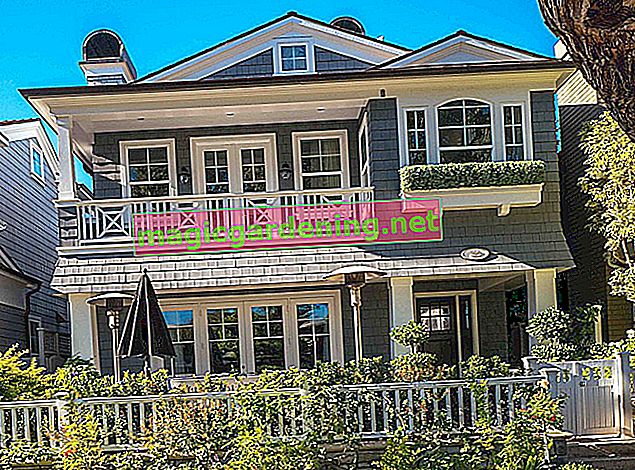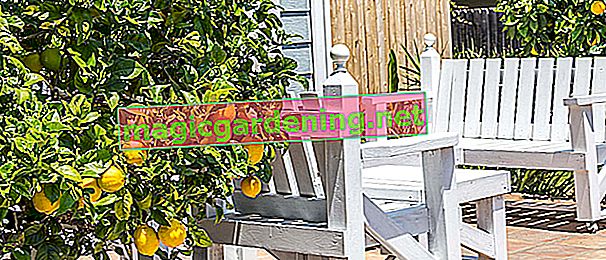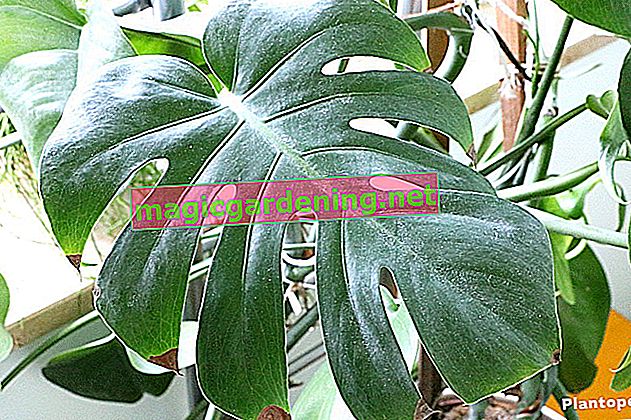
Rhododendron wish list location and soil
Originate originally. Rhododendron from high regions of the Far East. There they thrive on thin layers of humus when the humidity is high. They love light and shade under deep-rooted trees such as oak, pine and fir. Light foliage or a needle roof offer protection from the direct midday sun and act as an ideal backdrop for the voluminous rhododendron flowers.
also read
- Rhododendron plants - history and origin
- Rhododendron earth is not just rhododendron earth
- Fertilize rhododendrons properly
Due to the wide range of locations from light to shadow, rhododendrons feel at home almost anywhere.
Nevertheless, you should always observe the following optimal soil and location conditions:
- shady to partially shaded location
- loose, slightly acidic soil (pH value 4.0 - 5.0)
- Low in lime, water and air permeable
- Humus or acid peat
- Bog soil
- Windbreak
- sufficient minerals and nutrients
The ideal rhododendron location in home gardens
Those who cultivated in our gardens. Rhododendron species love sheltered, partially shaded locations with high humidity. Climatically, they prefer cool, humid summers and short cold spells with little frost in winter.
Ideal sources of shade for rhododendrons: deeply rooted, light deciduous or coniferous trees or the north wall of a building. Too much shade restricts flower formation and the growth becomes loose and sparse.
Basically, the higher the humidity, the more the rhododendron can tolerate a sunny location and vice versa.
Alpine, hardy wild varieties from locations above the tree line can also tolerate full sun such as:
- Alpine rose Rhododendron hirsutum
- Rhododendron ferrugineum
- Rhododendron carolinianum
- Rhododendron russatum
The ideal soil condition
Rhododendrons prefer humus-rich, acidic, evenly moist soil and cool soils. The optimal pH of the soil is between 4.0 and 5.0.
Exception: The INKARHO rhododendron varieties are especially suitable for alkaline and calcareous soils.
Waterlogging and soil compaction lead to a lack of nitrogen and oxygen. The result: harmful organisms such as Phytophthora spread and the rhododendron dies.
An excessive pH value from 6.0 limits the availability of iron. The growth of the plant decreases significantly. Depression and chlorosis on the leaves are the result.
Countermeasures: A soil improvement to correct the pH-value and a fertilization with trace element preparations lead to the regeneration of the plant.
Keep your eyes open when buying rhododendrons
When buying a rhododendron, look for compact growth, healthy, dark green leaves and lots of flower buds. Healthy, strong plants acclimate and grow better in the new location in your garden.
Steer clear of rhododendrons with brown or yellow leaves, these are indications of a root disease or nutritional deficiency.
Tips & Tricks
You can use rhododendrons for all garden areas: as an eye-catcher in the middle of the garden or as colorful highlights of individual areas. They also offer blooming privacy screens for balconies and terraces as a hedge or container plant.

